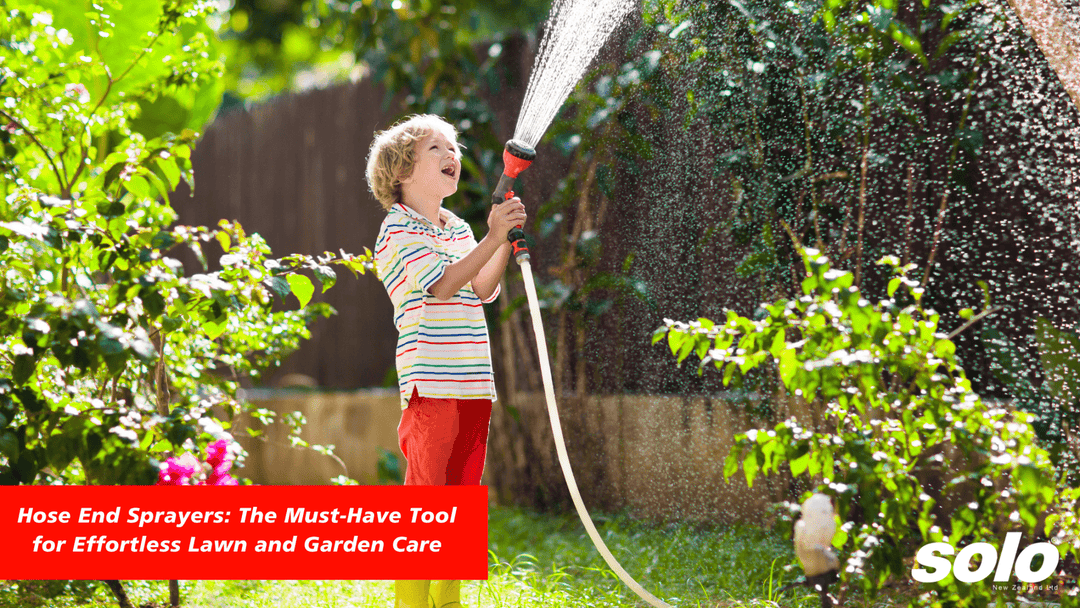Is Your Lawn Hydrophobic? Here's How to Revive it
A lush, green lawn is the pride of many homeowners. However, maintaining that perfect lawn can be a challenge, especially when you're faced with unexpected issues like a hydrophobic lawn. Hydrophobia, or water repellency, can turn your once-vibrant grass into a parched, brown landscape. In this blog post, we'll explore what a hydrophobic lawn is, its causes, and most importantly, how you can revive it.
What Is a Hydrophobic Lawn?
A hydrophobic lawn, also known as water-repellent soil or dry patch, occurs when the soil becomes unable to absorb water effectively. Instead of the water soaking into the ground, it beads up on the surface or runs off, leaving your grass and soil dry and thirsty. This condition can be quite frustrating for homeowners who want a beautiful, healthy lawn.
Common Causes of Lawn Hydrophobia
Several factors can contribute to the development of hydrophobia in your lawn. Understanding these causes is essential to address the issue effectively:
-
Buildup of Organic Matter: A layer of thatch or excessive organic debris can accumulate on the soil's surface, preventing water from penetrating the ground.
-
Soil Compaction: Over time, foot traffic, heavy equipment, or even vehicle parking can lead to soil compaction, reducing its ability to absorb water.
-
Chemical Imbalances: Incorrect or excessive use of fertilisers, pesticides, and other lawn care chemicals can disrupt the natural balance of the soil, making it hydrophobic.
-
Microbial Imbalances: Beneficial soil microorganisms play a crucial role in maintaining healthy soil structure. Disturbances in microbial populations can result in hydrophobia.
-
Sandy or Silty Soils: Certain soil types, such as sandy or silty soils, are naturally prone to water repellency.
Reviving Your Lawn
Now that you understand what causes a hydrophobic lawn, let's explore how to revive your lawn and restore its health:
-
Aerate the Soil: Aerating your lawn by perforating the soil with small holes allows water, air, and nutrients to penetrate the root zone. This helps combat compaction and promote healthy soil structure.
-
Scarify the Lawn: If your lawn has a thatch problem, consider dethatching it with a scarifier to remove the organic layer blocking water absorption.
-
Apply a Wetting Agent: Wetting agents, also known as soil surfactants, can break down the water-repellent properties of the soil, allowing water to infiltrate effectively.
-
Improve Soil Health: Focus on building a healthy microbial community in your soil by using fertilisers, compost, and other soil amendments.
-
Water Management: Adjust your watering practices to ensure that water reaches the root zone. Deep, infrequent watering is often more effective than frequent shallow watering.
-
Choose Drought-Resistant Grass Varieties: Consider planting grass varieties that are well-suited to your climate and soil conditions, reducing the risk of hydrophobia.
-
Monitor and Adjust: Regularly inspect your lawn for signs of hydrophobia and adjust your lawn care practices accordingly. Prevention is often easier than cure.
Conclusion
A hydrophobic lawn can be a frustrating challenge for any homeowner, but with the right knowledge and practices, you can revive your thirsty turf and restore it to its former glory. By addressing the underlying causes, improving soil health, and adjusting your lawn care routine, you can ensure that your lawn remains lush and vibrant for years to come. Remember, a healthy lawn starts with healthy soil, so don't neglect the foundation of your green oasis.




















Leave a comment